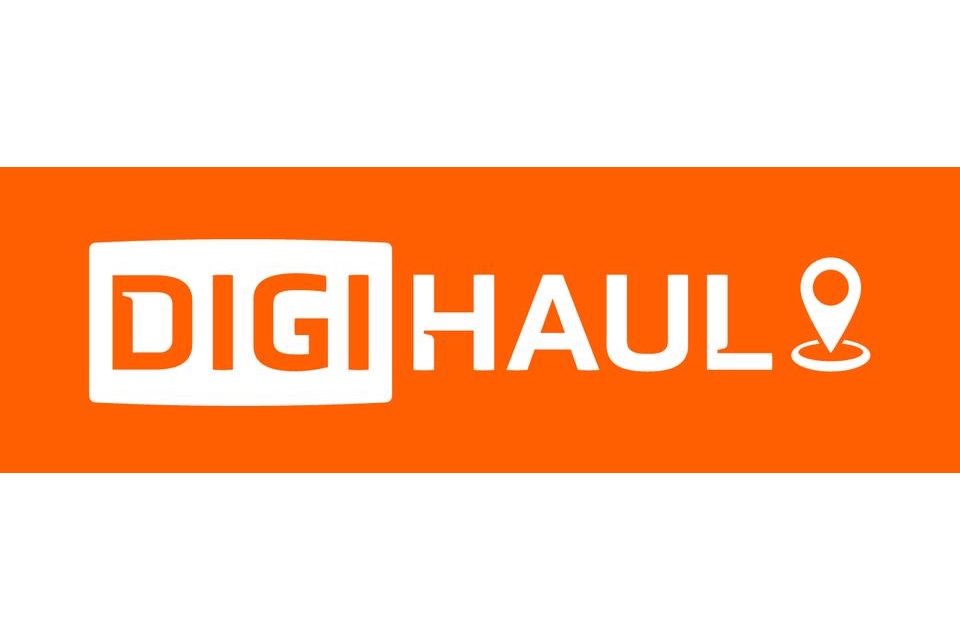For logistics businesses, utilising route planning and optimisation tools can be the difference between having a satisfied customer or not. And whilst maximising volume density, reducing miles travelled and fuel costs are the most immediate and desired outcomes, the primary goal of optimisation is to improve overall fleet efficiency and achieve customer service objectives.
A core element of this process is also optimising the driver experience. Recruiting and retaining drivers remains a perennial problem for logistics companies and, with experienced drivers able to deliver upwards of 50% more parcels than newcomers, companies can achieve further improvements in efficiency and customer satisfaction by actively exploring ways to improve driver confidence, compliance, safety and retention.
Andrew Nowell, Director at Trimble explores the power of route optimisation to future-proof operations, gain a competitive edge, and pave the way for sustainable growth…
Significant Efficiency Gains
Parcel delivery is a stressful occupation. From traffic events and weather to customer expectations and fears regarding safety, navigating unfamiliar roads to deliver upwards of 150 parcels in one shift is a challenge. With the ever increasingly ecommerce-fuelled demand, managing, planning and altering these complex driver routes manually is time-intensive and inefficient for logistics companies and hugely frustrating for drivers.
Logistics companies are using increasingly sophisticated route optimisation technology that moves beyond simply reducing travel distances. It also includes factors such as capacity and driver availability, staying ahead or being able to anticipate traffic disruptions, prioritising higher margin first-time deliveries and optimising routes for maximum fleet and driver efficiency.
This model is enabling parcel companies to be a lot more efficient than five years ago, significantly reducing the cost to serve and improving customer satisfaction. There is, however, a balance to strike between squeezing more efficiency from drivers and creating a job that is simply not sustainable. With the continued pressure on driver recruitment and retention, logistics companies are now exploring the value of optimising for both route efficiency and driver experience.
Driving Experience
Onboarding a new driver takes time and money. New drivers take time to learn a new area and become productive. Whether it is recruiting temporary staff to cover peak season or simply managing the high levels of staff churn within the industry, logistics companies have to build in driver experience into the route optimisation process. Many opt to split routes for less experienced drivers, which adds significantly to the cost to serve. Improving the experience for less experienced drivers is key to increasing retention, ensuring they become productive more quickly and minimising the operational overhead associated with managing new recruits.
Predictable journeys that provide drivers with consistency is a key factor. Routes will obviously vary day to day but a good working experience that ensures consistent drive times and parcel numbers is key. It allows drivers to be confident about achieving work/life balance goals, which will boost both morale and retention. To achieve this, companies need to be able to consider far more than distance. The ability to factor in the different traffic patterns throughout the day, the frequency of turns, even the side of the street can transform route efficiency. The optimisation process needs also to consider the weather forecast to factor in the 3-5 mile per hour slow-down in urban traffic that occurs when it is raining, for example.
Companies also need to provide drivers with clarity. A highly intuitive User Interface (UI) that can be customised to reflect each driver’s preference boosts confidence and safety. Systems combine voice, colours, different mapping visualisations, including a view of the road or a satellite view, as well as simple arrows to show the next turn. Critically, guidance is provided well ahead of the next move, to reinforce driver safety and avoid any risk of a dangerous, late manoeuvre.
Overcoming Anxiety on the Road
Every aspect of the driving experience can now be factored into route optimisation. Routes can consider threats to driver safety, for example, by avoiding known high risk roads especially for late night shifts at peak season. They can include access to fuelling stations and rest stops, with dynamic re-optimisation of routes in response to live traffic events also including driver rest times to ensure compliance and safety.
This aspect of route optimisation is becoming particularly important as fleets evolve towards Intelligent Transportation Systems (ITS). ITS is a cutting-edge infrastructure, composed of smart devices and sensors strategically placed along roads. These devices communicate crucial information about the road environment to vehicles and drivers, and this information can ultimately be used to improve the overall transportation experience.
ITS functionality takes many shapes. Think of weather sensors that relay data about road conditions, smart traffic lights that optimise traffic flow, and beacons at construction sites to warn of potential hazards. This smart technology creates a connected ecosystem that aims to enhance safety, efficiency, and convenience for everyone on the road.
Conclusion
In an increasingly complex market, with customer expectations ranging from rapid to low cost, environmental to precise, businesses need to manage increasing logistical complexities whilst maintaining profitability. From reduced fleet expenses and improved operational efficiency to decreased carbon footprint and elevated service levels, route optimisation technology offers a powerful toolkit for driving success.
It is, of course, also essential to also factor in the availability of drivers. The duration of a driver’s experience typically has a direct impact on their efficiency and productivity – a fleet of longer-term drivers will deliver a lower cost to serve than one reliant upon newcomers. For logistics companies, the new levels of sophistication provided by route optimisation allow not only planning to improve customer satisfaction but also to reinforce driver confidence, with the inevitable implications for retention and, therefore, further productivity gains.
Drivers need to be confident, safe and compliant with the rules of the road, from speed to manoeuvring. By combining intelligent route management with intuitive, in-vehicle information to support drivers, logistics companies can maximise the efficiency of the fleet to improve profitability and meet customer expectations whilst also reinforcing the quality of the experience for drivers.
Photo by Mads Eneqvist on Unsplash







